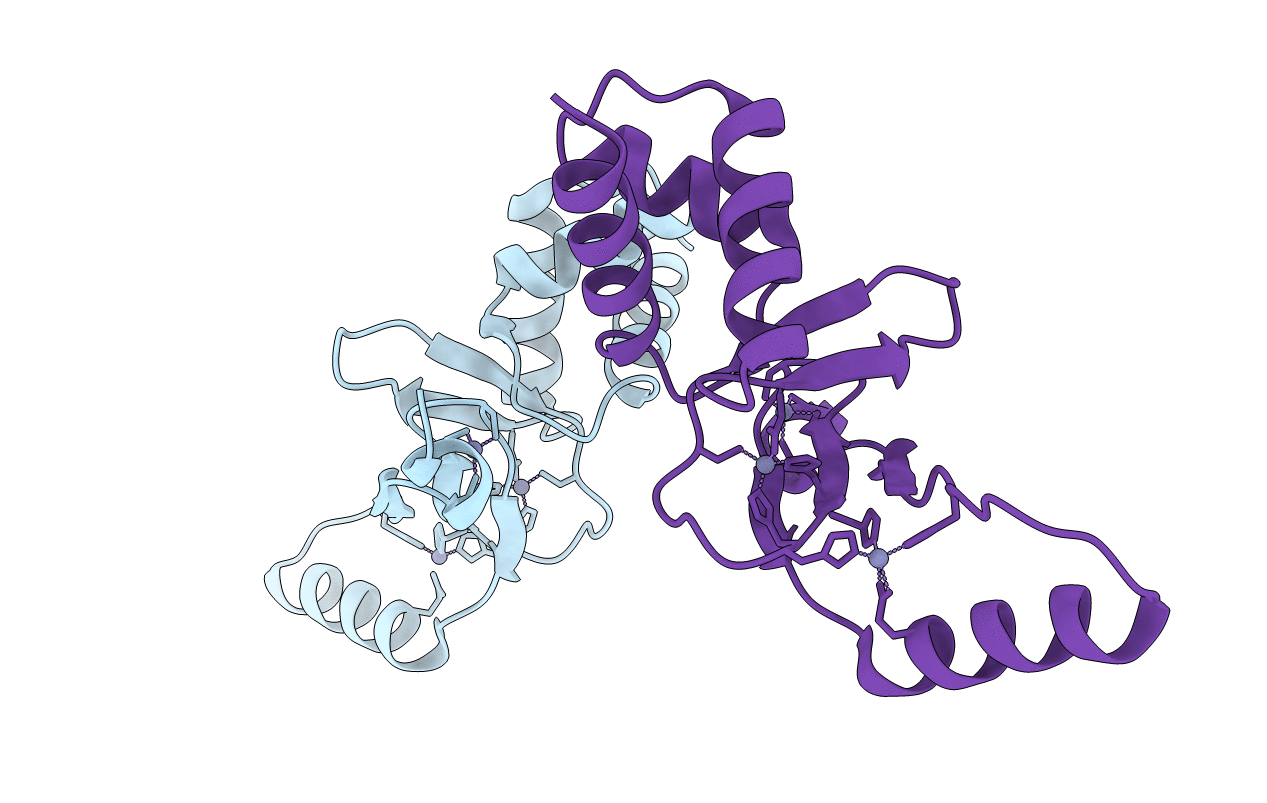
Deposition Date
2010-05-06
Release Date
2011-03-16
Last Version Date
2023-11-01
Entry Detail
PDB ID:
3MWM
Keywords:
Title:
Graded expression of zinc-responsive genes through two regulatory zinc-binding sites in Zur
Biological Source:
Source Organism:
Streptomyces coelicolor (Taxon ID: 1902)
Host Organism:
Method Details:
Experimental Method:
Resolution:
2.40 Å
R-Value Free:
0.24
R-Value Work:
0.20
R-Value Observed:
0.20
Space Group:
C 1 2 1


